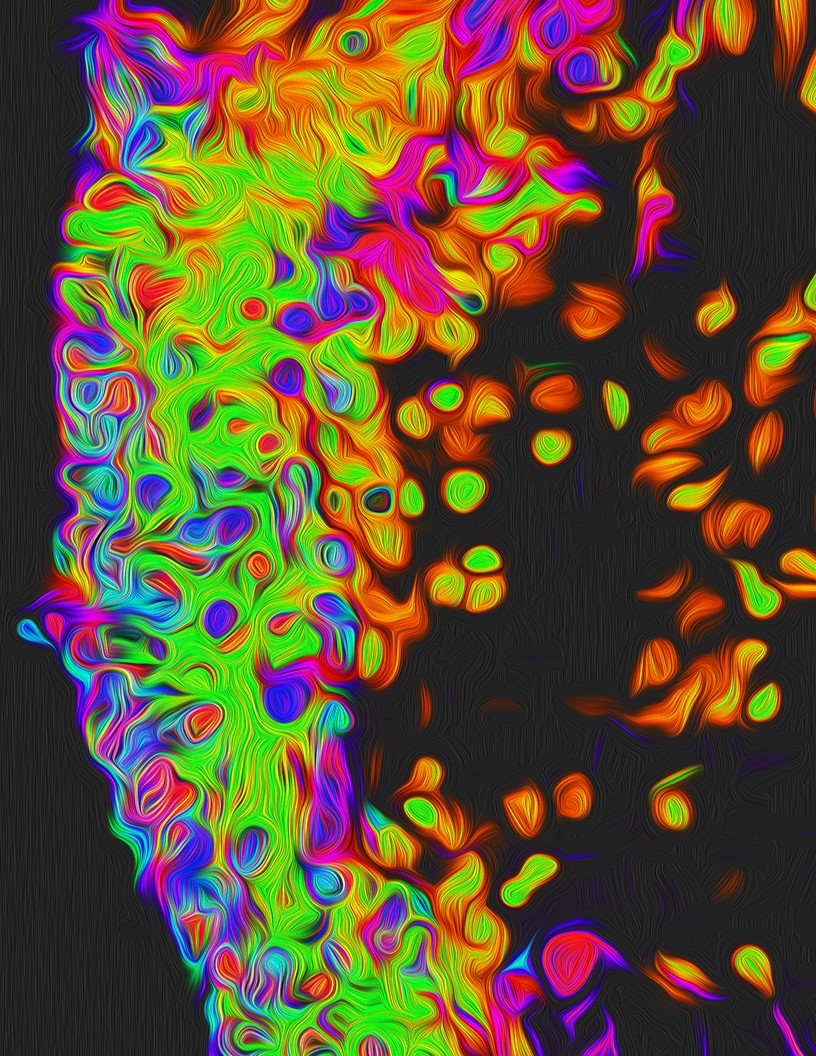Johns Hopkins Medicine Scientists Uncover Molecular Link Between Wet and Dry Macular Degeneration
12/05/2023

In the December issue of the Proceedings of the National Academy of Sciences, Wilmer Eye Institute researchers at Johns Hopkins Medicine have found how a molecular pathway — involving oxidative stress, or an imbalance of molecular oxygen in cells, and the protein HIF-1 — contributes to what kind of age-related macular degeneration (AMD) a patient could develop.
The leading cause of vision in Americans 60 and older, AMD is a condition that can lead to irreversible retina damage and vision loss. While all patients start with “dry” AMD, the condition can advance to severe dry AMD, or another kind of AMD known as “wet” AMD. Wet AMD is characterized by abnormal blood vessel growth in the eye, which leaks fluid and damages tissue. In advanced “dry” AMD (also called geographic atrophy), the retina thins out as cells die.
Researchers started by focusing on oxidative stress, which can increase in the body through common factors such as aging, exposure to cigarette smoke and high-fat/high-sugar diets. Both oxidative stress and HIF-1 have been previously implicated in the development of AMD.
Specifically, investigators looked at changes in HIF-1 levels caused by oxidative stress in two eye cell populations: retinal pigment epithelium, which protects the retina and filters light, and retinal photoreceptors, nerve cells that convert light to brain signals.
Researchers began by inducing oxidative stress in retinal pigment epithelium cell lines, adding chemicals that created an imbalance of oxygen molecules. In response, the cells overproduced HIF-1 and another protein called VEGF, promoting blood vessel growth in the retina and mimicking wet AMD.
Researchers conducted these same tests on cells in low-oxygen environments, as low oxygen is known to contribute to blood vessel overgrowth in wet AMD. HIF-1 and VEGF increased at even higher rates and concentrations.
“This may be why oxidative stress in older patients, who also have other predisposing factors to low oxygen in the retina, leads to the wet form of age-related macular degeneration,” says study co-author Akrit Sodhi, M.D., Ph.D., associate professor of ophthalmology and the Branna and Irving Sisenwein Professor of Ophthalmology at the Johns Hopkins University School of Medicine and Wilmer Eye Institute. Blood vessel growth is likely the eye’s attempt to increase oxygen flow when it’s starved for the molecule, but in wet AMD the eye overcompensates leading to vision loss, he explains.
While these experiments shed light on how wet AMD may form, they did little to explain how oxidative stress could contribute to advanced dry AMD, caused by cell death. In fact, researchers noticed that retinal pigment epithelium cells in the tissue they tested were resistant to cell death from oxidative stress. They turned to different cells, retinal photoreceptors, to understand dry AMD’s origins and the role of oxidative stress in disease development.
When the researchers induced oxidative stress in human and rodent photoreceptors, they saw an increase in HIF-1 production, similar to their previous experiments. However, they observed that photoreceptors were remarkably sensitive to oxidative stress, which caused cell death in the tissue, thus mimicking dry AMD.
The team investigated further by removing HIF-1 in the cells, then inducing oxidative stress. Cell death increased in HIF-1’s absence, demonstrating HIF-1’s protective role against the damaging effects of oxidative stress in photoreceptors and in dry AMD.
“This is an early step towards understanding molecular mechanisms whereby HIF-1 contributes to both wet and dry AMD,” says Sodhi. “Our studies demonstrate how two cell populations react to oxidative stress: both alter HIF-1 levels, but in one cell this response can promote wet AMD and in the other it can protect against advanced dry AMD.”
“Wet and dry AMD may be different sides of the same coin – if tissues in the eye are pushed to protect you from one, you may end up getting the other,” says Sodhi. A more precise understanding of HIF-1’s role in the eye’s response to oxidative stress, he says, may help advance the search for better wet and dry AMD treatments.
Akrit Sodhi is the co-founder of, holds equity in, is a member of the board of directors and serves as the CEO of HIF Therapeutics, Inc. This arrangement has been reviewed and approved by The Johns Hopkins University in accordance with is conflict of interest policies.
Funding for this work was supported by the National Eye Institute, National Institutes of Health grants R01EY029750, R01EY025705, EY001765; the Research to Prevent Blindness, Inc., Special Scholar Award and unrestricted grant to Wilmer Eye Institute and University of Colorado; the Alcon Research Institute; the Steve J. Ryan Initiative for Macular Research; the Branna and Irving Sisenwein Professorship in Ophthalmology; the CellSight Development Fund; and the Doni Solich Family Chair in Ocular Stem Cell Research.
Other authors include Savalan Babapoor-Farrokhran, Yu Qin, Yueqi Niu, Imran Bhutto, Chuanya Guo, Murilo Rodrigues, Monika Deshpande, Haley Megarity, Rakesh Chopde and Charles Eberhardt of the Wilmer Eye Institute, Johns Hopkins Medicine; Miguel Flores-Bellver, Silvia Aparicio-Domingo, Timothy Domashevich and Valeria Canto-Soler at University of Colorado School of Medicine; and Silvia Montaner of Greenebaum Comprehensive Cancer Center, University of Maryland.
